We’re excited to introduce you to the always interesting and insightful Elliot Wills-Begley. We hope you’ll enjoy our conversation with Elliot below.
Elliot, thanks for joining us, excited to have you contributing your stories and insights. Can you talk to us about how you learned to do what you do?
My journey in leathercraft was a perfect example of the Dunning-Kruger Effect. After completing my first project, a small pouch to hold dog treats, I thought I could tackle anything. For my second project, I attempted to make a crossbody shoulder bag. After getting started, I realized that I needed a lot more practice. I forced myself to slow down and learn the basics.
Ironically, starting my business followed the same process. I had never tried to sell any of my work in the past, and out of the gate, I made a lot of mistakes. The first one was not putting enough value on my time. I was so eager to make sales that I priced my items way too low. It was barely enough to cover the cost of materials.
After a pretty rough start, I realized that I had to step back and analyze my approach to my business as well. I thought about what products I enjoyed making, and which ones I’d rather avoid. I took notes on the amount of time it took me to design a product, create a pattern, and construct a prototype, and calculated my asking price from there.
Once I learned that I could turn down projects that didn’t excite me, I began to enjoy the time in my shop much more. I could focus on getting better results more quickly, finding creative ways to save time and solve problems. Throughout the process, I was lucky to have friends and family willing to motivate me and provide guidance.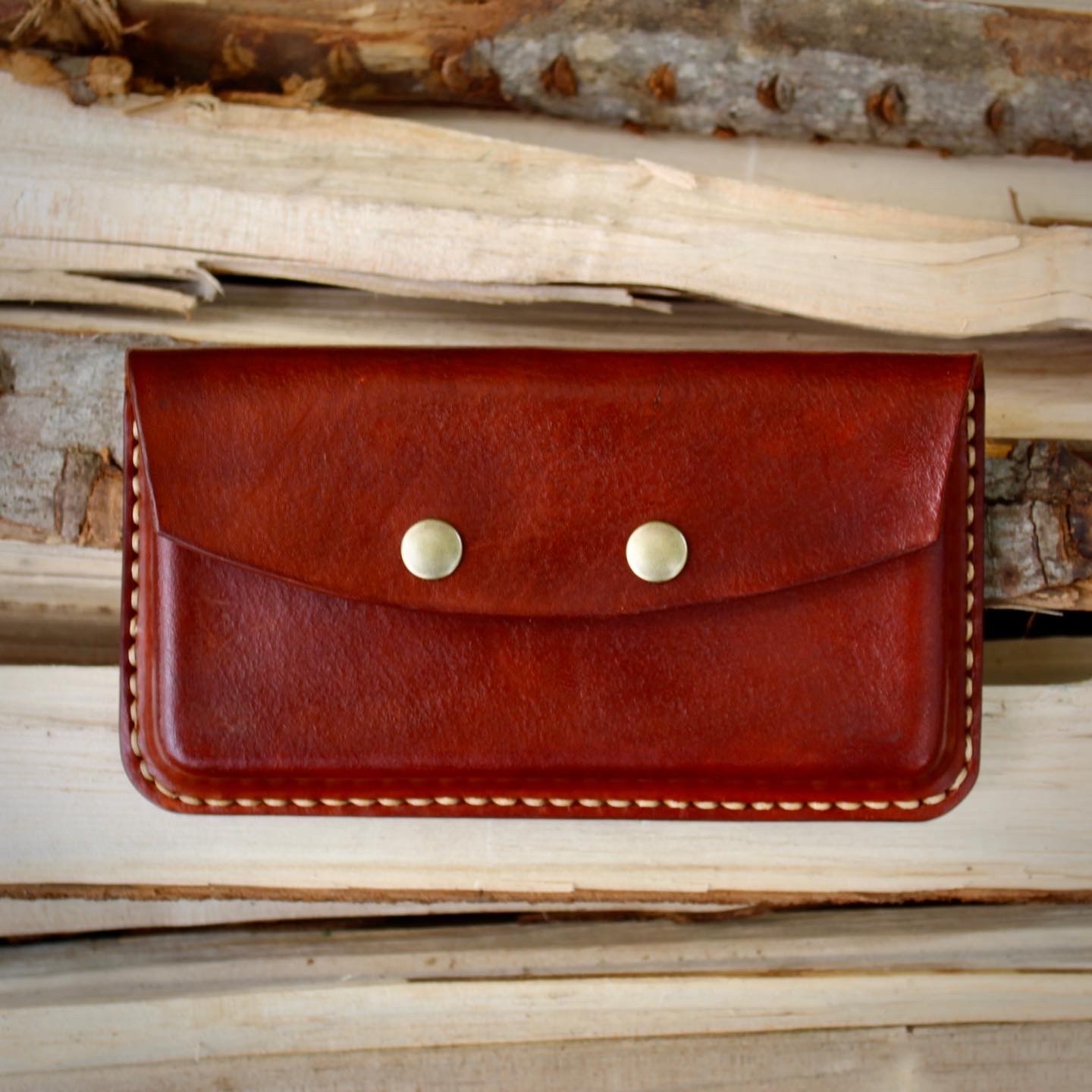
Awesome – so before we get into the rest of our questions, can you briefly introduce yourself to our readers.
One of the things that makes Wills Leather unique is that every product is made to order. I have standard designs that I use to make my belts, wallets, bags, and such, but there are so many variables involved that I want my customers to be part of the design process. I work with them to pick the type of leather, dye and thread color, hardware, and customization. This way, the finished product is specifically made for them. While I am working in the shop, it is motivating to know that soon, the cuts of leather on the bench will become a useful accessory for a specific person.
One of my favorite examples of this process was a phone holster I made last fall. Out of the blue, I got an email from a farmer in Vermont who was in desperate need of a way to carry his phone in an. easily accessible way that would stand up to the rough conditions in which he worked. After busting out his calipers to give me exact measurements of the phone in its case, I was able to make a mold in my shop, and design the case around that. Based on the customer’s input, I was able to create a rugged and durable holster that will last a lifetime. When it finally arrived in Vermont, I got an email saying that it was exactly what he needed. It’s those types of interactions that keep me motivated. It is so fulfilling to meet new people, and help them solve a problem. I’ve never wanted to be the fastest business to buy leather from, but rather the one that provides satisfaction.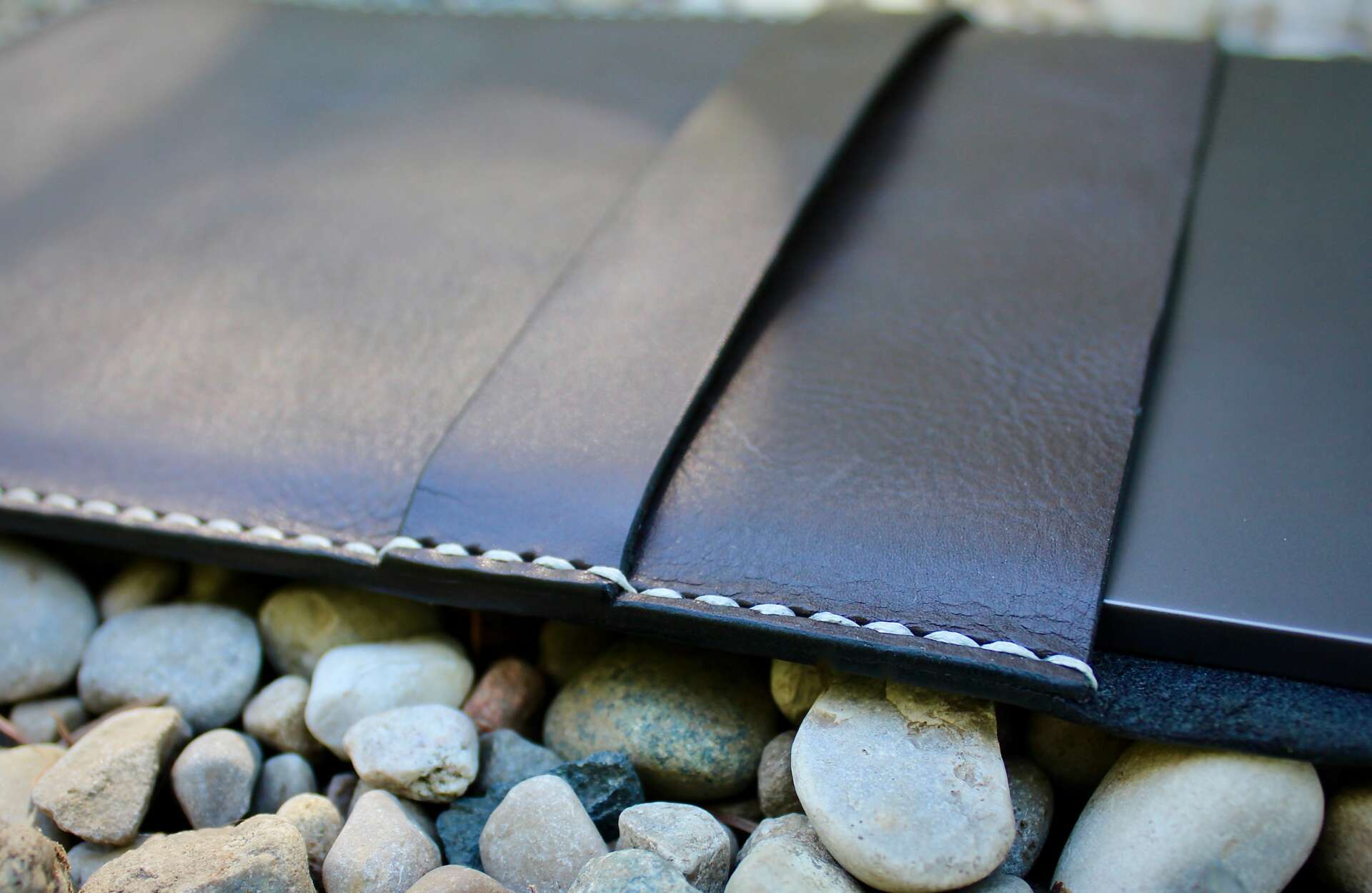
In your view, what can society to do to best support artists, creatives and a thriving creative ecosystem?
It is a difficult time for a craftsperson to make a living. I would consider my work to be somewhere between an art and a craft. The skills I have took years to learn, but prospective customers don’t see that. It can be hard to compete with the nearly instant gratification of buying a cheap leather belt on Amazon that will arrive in two days. In my line of work, I think that the best thing people can do to support artists and creatives is to look around. So, you need a new cutting board? I bet there’s a business a few miles away that makes beautiful ones. You need a new set of coffee mugs? Do a Google search in your area. I bet there’s a potter nearby that would love to make some for you. The list goes on.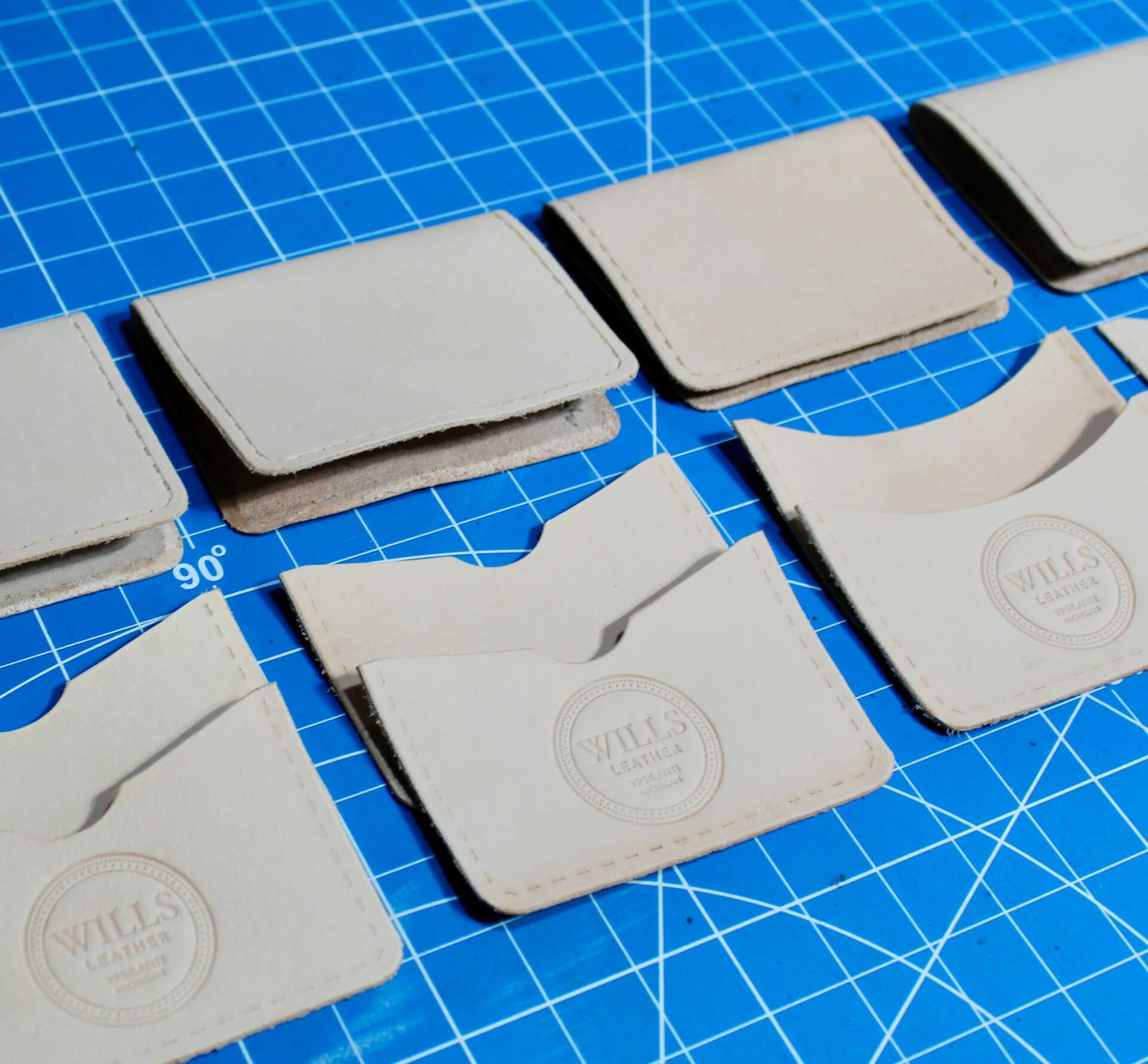

Do you think there is something that non-creatives might struggle to understand about your journey as a creative? Maybe you can shed some light?
Growing up, I always considered myself to be an artist. However, my focus was almost entirely on music. I played guitar and piano, and sang in multiple choirs. While I still enjoy those things, I found myself yearning to do something with my hands, and make something more tangible. I tried my hand at woodworking, but found the process to be very messy. When I stumbled upon leathercraft, I knew that I had found the right medium. I wish that more people saw the joy that goes into each piece that I make. Oftentimes, it is hard to wrap up a product and ship it out. You grow attached to each project. From choosing the right part of the hide, to applying the dye, to sewing it together and finishing the edges, each part is enjoyable in it’s own way. I think of it almost like sculpture. You start with something that is unrecognizable at first, but as you continue to work, something beautiful emerges.
If there is something that I would like other creative artisans to take to heart, it is advice given to me by a friend who quit his investing job to become a full time painter and visual artist: if you’ve found something you’re passionate about, don’t rush to monetize it. Take your time learning your craft, and don’t lose sight of why you started in the first place. The time you spend in your shop or studio should always be rewarding and fun. Sure, there will be challenges and mistakes, but that is how you learn. 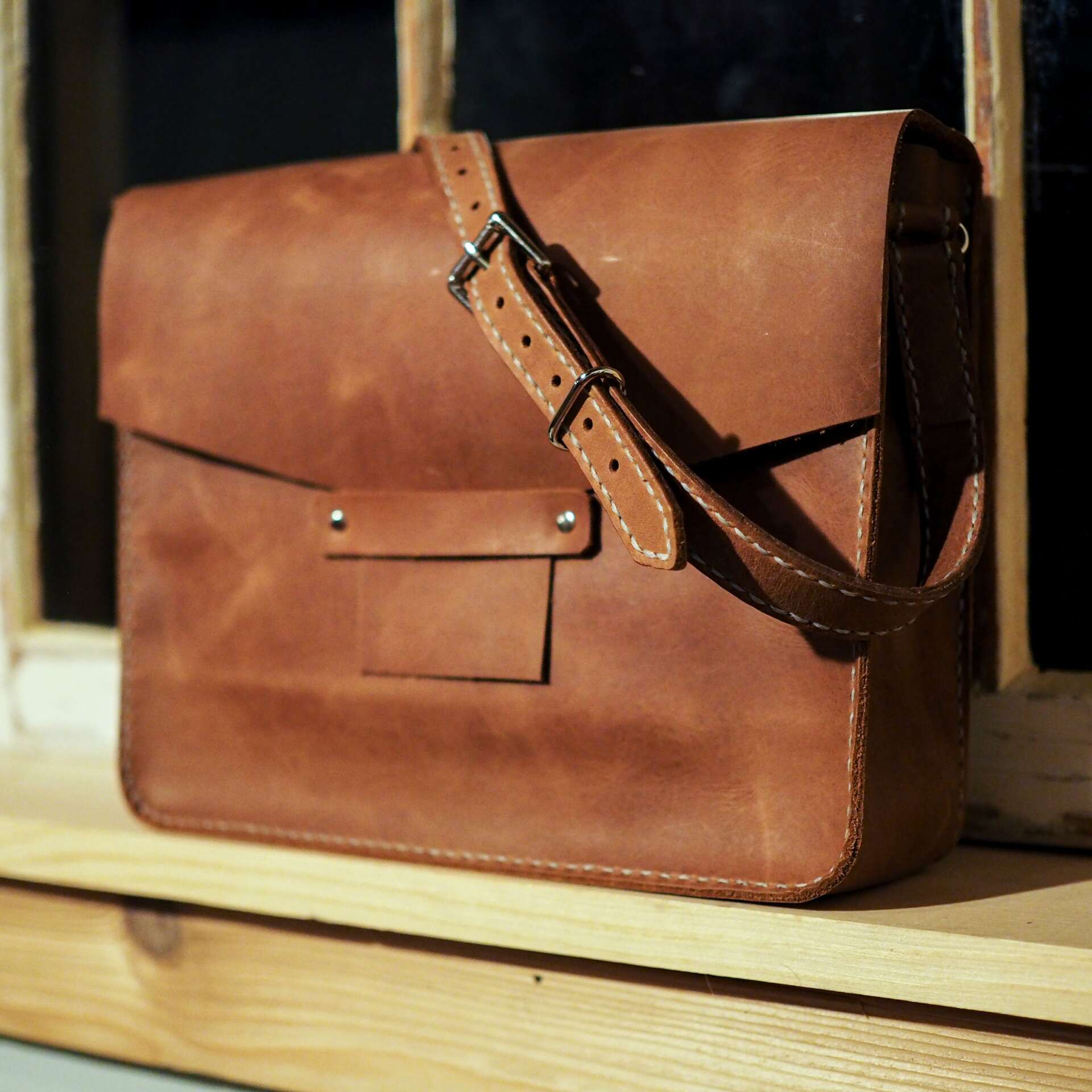
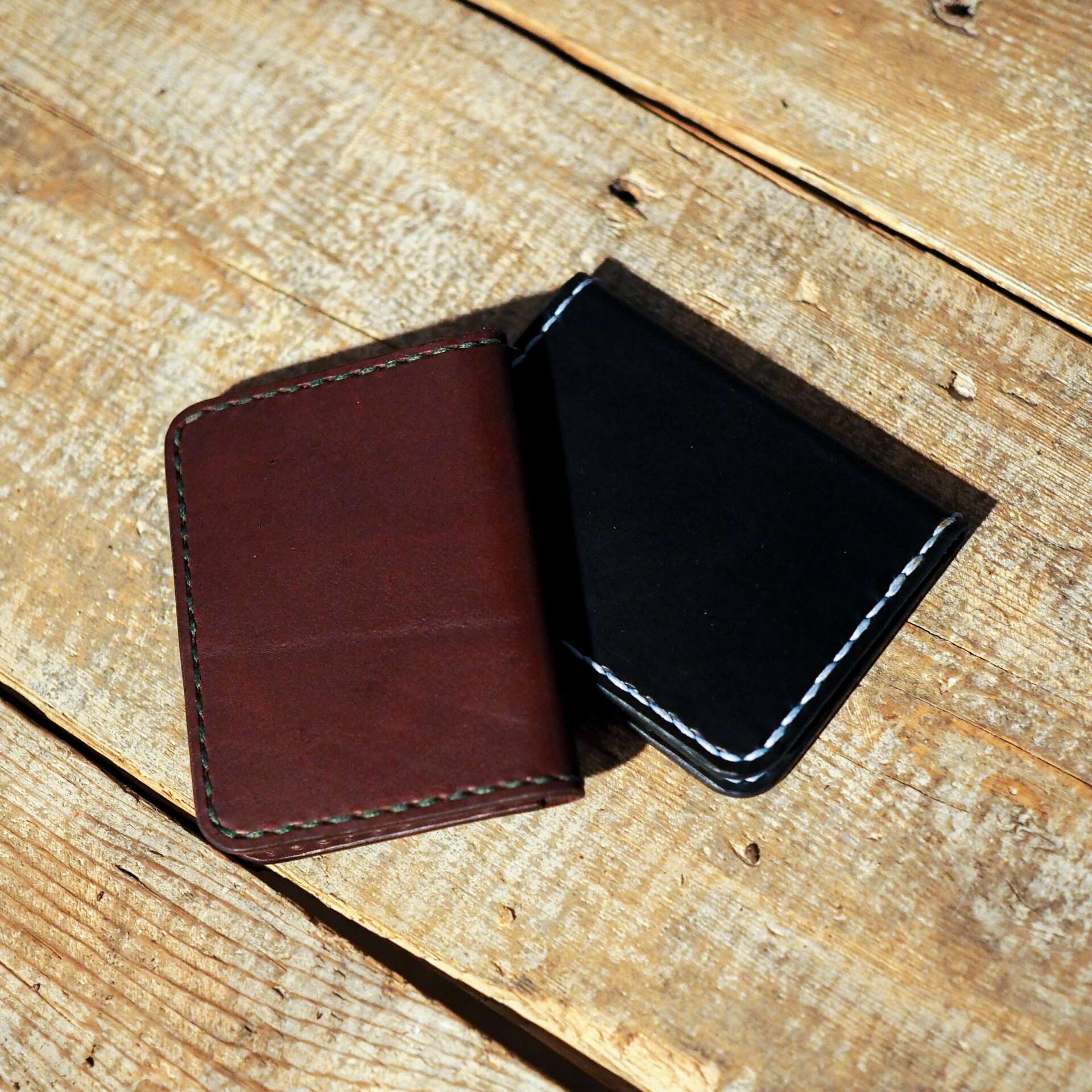
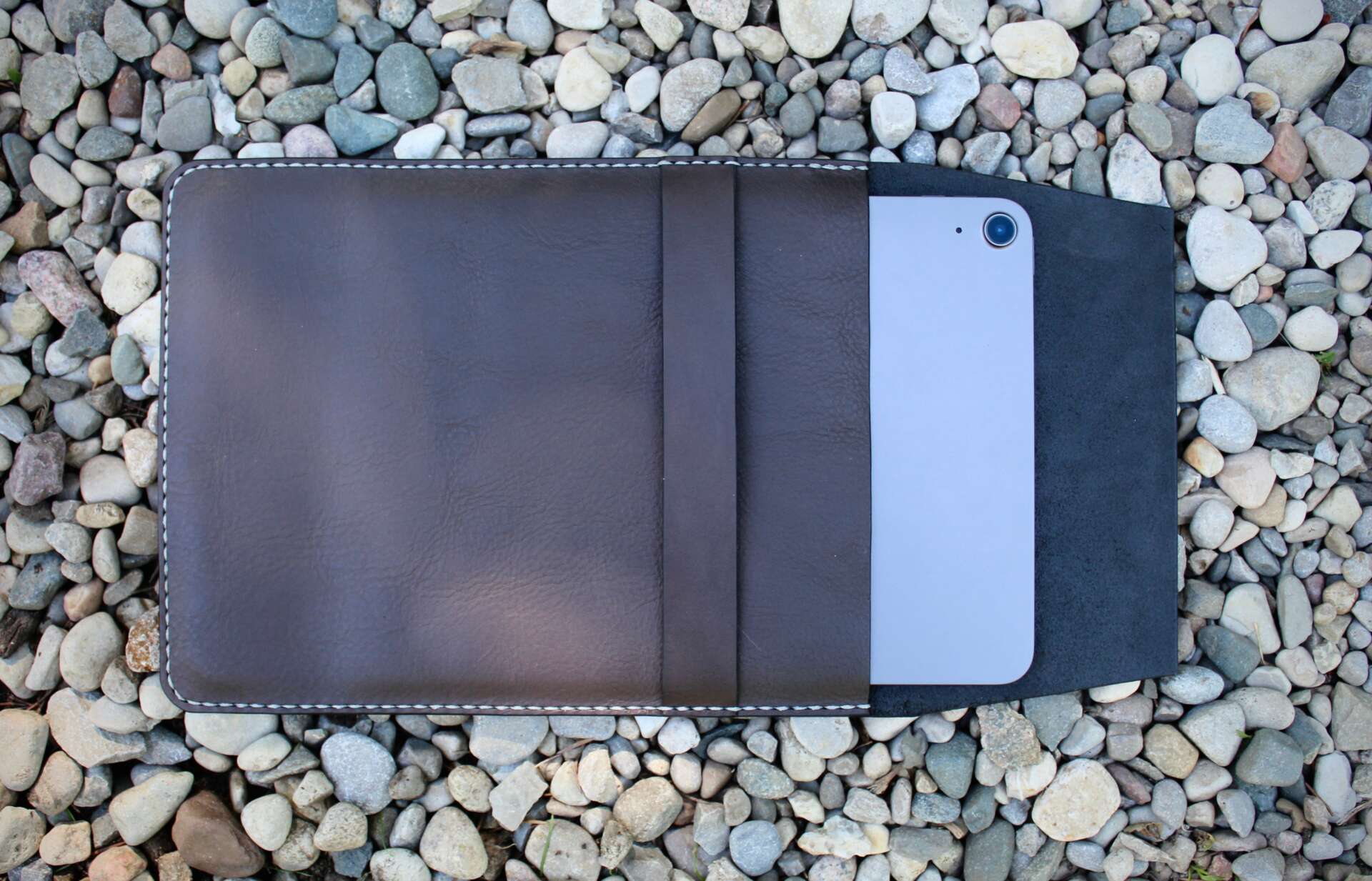
Contact Info:
- Website: www.willsleather.com
- Instagram: https://www.instagram.com/willsleather/?hl=en
Image Credits
Ellis Wills-Begley, Elliot Wills-Begley


